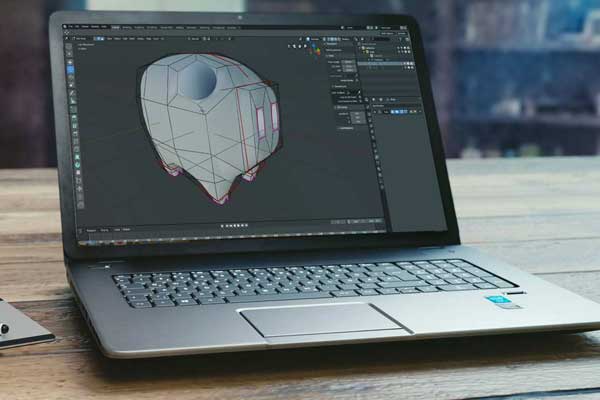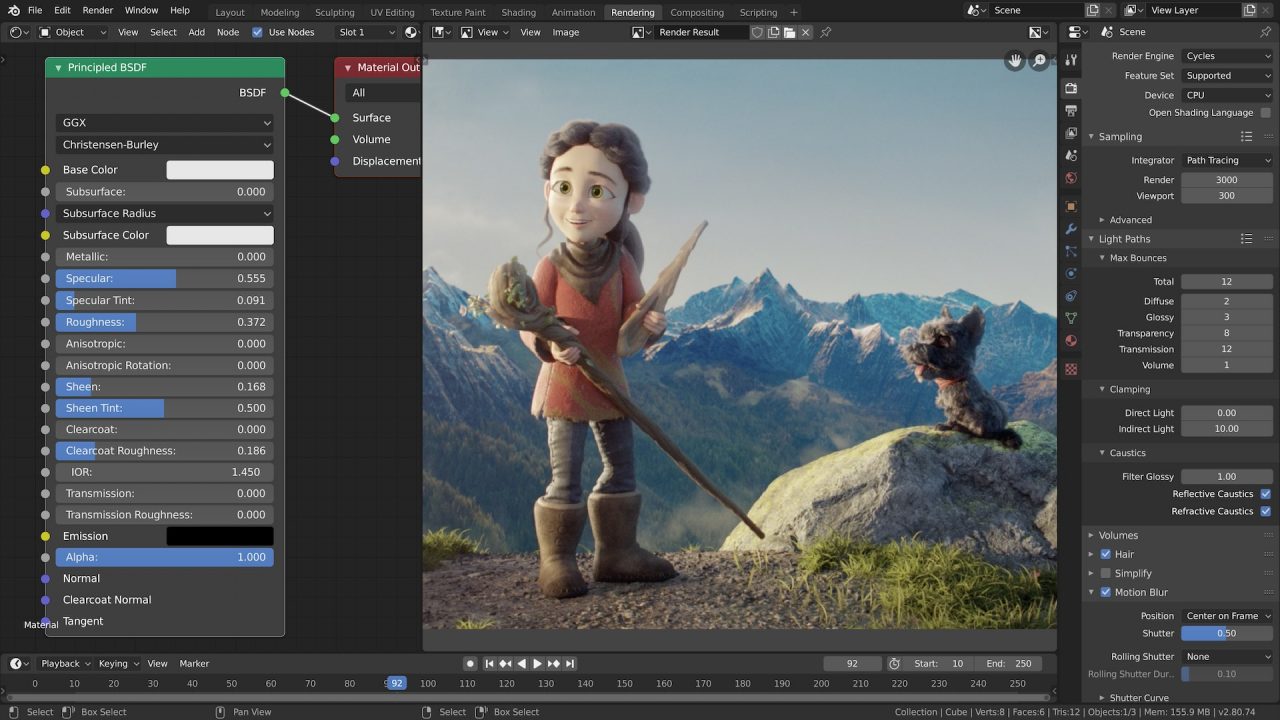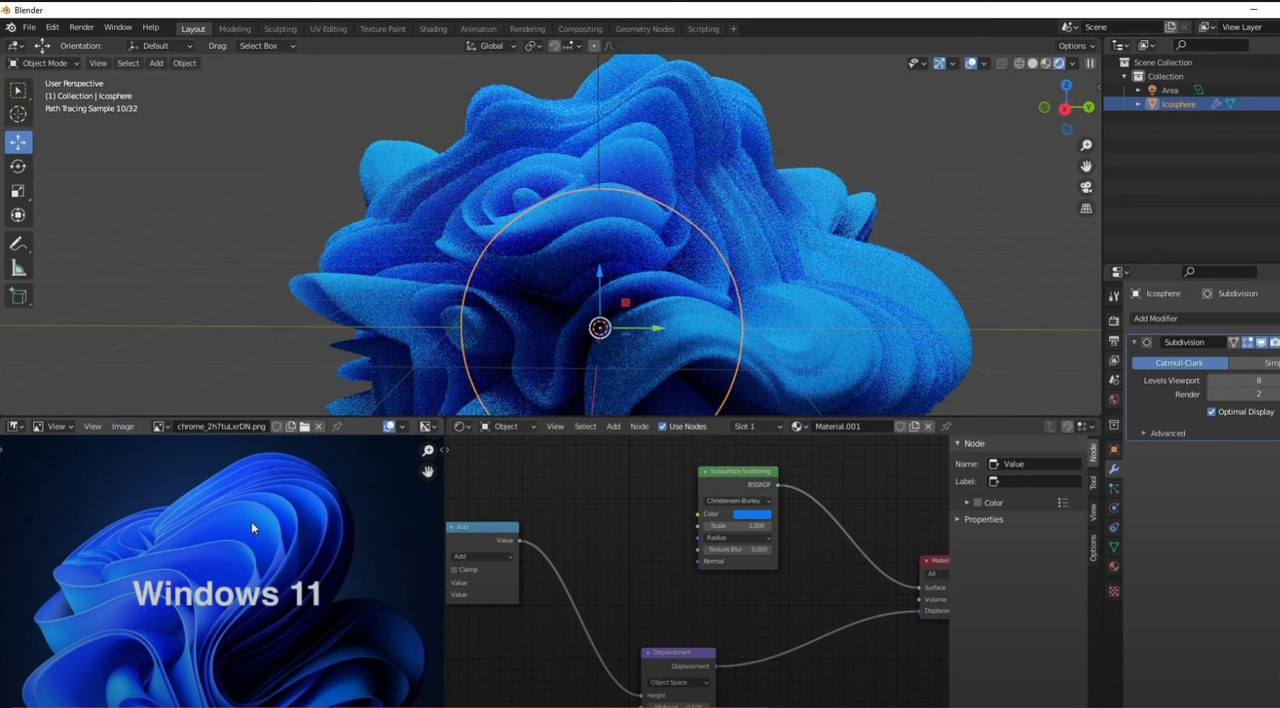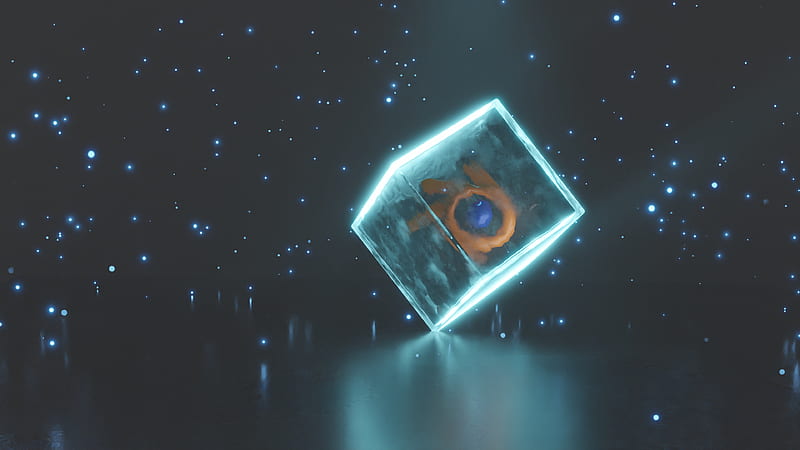Introducing Blender3D: A Complete Guide for Beginners and Professionals

Blender3D is a powerful, open-source software used for 3D modeling, animation, sculpting, VFX, game development, and much more. Over the years, it has gained immense popularity due to its versatility, community-driven development, and the fact that it’s entirely free. With a robust feature set that rivals some of the most expensive commercial software available, Blender has become an essential tool for everyone from beginners to seasoned professionals.
In this comprehensive guide, we’ll explore the ins and outs of Blender, covering essential features, real-world applications, case studies, and tips for enhancing your Blender workflow.
Blender is a tool that levels the playing field. It’s completely free and open-source, which means that anyone, no matter where they come from or what resources they have, can create stunning 3D art.
Andrew Price
1. What is Blender3D?
Blender3D is a free, open-source 3D creation suite that supports a wide range of tasks such as modeling, texturing, animation, rendering, compositing, and motion tracking. It’s developed by a global community of artists and developers who continually contribute to improving the software.
Example: Blender has been used in high-profile films like Next Gen on Netflix and in the Spider-Man: Into the Spider-Verse production pipeline for specific visual effects sequences.

2. Why Choose Blender?
Blender offers several advantages:
- Professional Features: Its features rival paid software like Maya and 3ds Max, making it suitable for both indie artists and studios.
- Cost: Completely free to use, with no licensing fees.
- Community: An active, supportive community that creates plugins, tutorials, and assets.
- Cross-Platform: Available on Windows, macOS, and Linux.

3. Blender’s User Interface (UI) Overview
1. Navigating the Interface
Blender’s interface is initially overwhelming for beginners but extremely customizable once you’re familiar with it. Divided into several key sections, such as the 3D viewport, properties editor, and timeline, it allows users to organize their workspace for different tasks.
2. Customizing Layouts
Blender lets users customize their workspaces based on tasks like modeling, sculpting, or animation, helping them focus on specific workflows.
3. Key Shortcuts
Blender relies on shortcuts to increase efficiency. Common shortcuts include:
- Shift + A: Add objects
- G: Move (grab)
- R: Rotate
- S: Scale

4. Core Features of Blender3D
3D Modeling
Blender offers advanced polygonal modeling tools. For example, users can create complex characters for games or highly detailed architectural models. Case Study: In Next Gen, Blender’s modeling tools were used to design futuristic robots and settings that look highly detailed and immersive.
Sculpting
Blender’s sculpting tools are comparable to ZBrush. For instance, artists can create detailed organic characters, such as animals or fantastical creatures. Example: A common use case is in creating detailed characters for short films or game development.
Texturing and Shading
Blender’s shader editor allows for intricate material setups. Whether you’re making glass, metals, or wood, the node-based editor makes it possible. For procedural textures, you can use Blender’s powerful node system. Example: Procedural textures are particularly useful for landscapes, where large terrain doesn’t need repetitive patterns.
Animation and Rigging
Blender is also highly regarded for its animation tools. Users can rig characters with bones, set up inverse kinematics (IK), and create fluid animations. Case Study: The animated feature film Plumiferos was created entirely in Blender, showcasing its capabilities for rigging and animating multiple characters over a 90-minute film.
Rendering Engines: Cycles and Eevee
Blender comes with two engines:
- Cycles: A path-tracing engine known for producing photorealistic results.
- Eevee: A real-time engine ideal for quick renders, previews, and non-photorealistic animations. Example: Eevee is widely used for game asset production because of its speed in real-time previews.

Visual Effects (VFX)
Blender includes tools for tracking, masking, and compositing, allowing users to integrate 3D elements into real-world footage. Example: In the indie film Tears of Steel, Blender was used for live-action and 3D compositing to create a futuristic cityscape.
Video Editing
Blender includes a built-in video sequence editor, enabling users to edit footage, add effects, and composite renders within the software. Example: Many YouTubers use Blender’s VSE to edit videos, create motion graphics, and produce intros/outros.
5. The Blender Workflow
Starting a New Project
In Blender, every new project begins with a blank scene (a cube by default), but this simple start can evolve into complex animations or photorealistic renders.
Object Creation and Manipulation
You can create 3D models from scratch using the mesh tools. For game development, users can optimize low-poly models to run smoothly within game engines like Unity or Unreal Engine.
Camera and Lighting Setup
Blender’s lighting system is comparable to real-world studio setups. Example: HDRI environments are widely used for scene lighting, providing realistic reflections for metallic surfaces and helping with outdoor renders.
Rendering and Output Settings
Blender supports multiple output formats and resolution options, making it possible to render anything from HD animations to 4K still images.

6. Extending Blender
Add-ons and Plugins
Blender’s open-source nature means users can install community-created add-ons for additional functionality. Example: The Archipack add-on allows architects to create parametric buildings quickly, improving workflow efficiency for architectural visualizations.
Blender Market
The Blender Market offers both free and paid assets such as shaders, 3D models, and professional-grade plugins to enhance productivity. Case Study: The Grove, an add-on from Blender Market, enables users to generate highly realistic trees and forests for nature simulations.
Integration with Other Software
Blender integrates with other software like Adobe Substance for texturing or Unity for game development. Example: Indie game developers often use Blender to create assets, export them to Unity, and then assemble entire game worlds.
7. Learning Blender
Resources for Beginners
There are numerous resources for learning Blender. Blender’s official documentation offers detailed explanations of each feature, while platforms like YouTube and CG Cookie provide tutorials.
Advanced Learning: Tutorials, Courses, and Community
Once comfortable with the basics, users can delve into advanced courses on procedural generation, VFX, and complex rigging setups. Engaging with the community on forums like BlenderArtists.org and StackExchange helps users stay up to date on the latest tips and tricks.

8. Case Studies: Real-World Blender Use
- Film Industry: Next Gen, an animated feature, was created using Blender. The film demonstrates Blender’s ability to handle large-scale production workflows, including animation, rendering, and VFX.
- Architecture: Blender is frequently used for architectural visualization, especially with photorealistic rendering using the Cycles engine. Architectural firms are increasingly adopting Blender for its rapid prototyping and visualization capabilities.
- Game Development: Blender is a staple in indie game development, used for creating character models, environments, and even cutscenes. Games like Yandere Simulator and The Adventures of Square have Blender to thank for their production pipelines.
Conclusion: The Future of Blender3D
Blender is rapidly evolving, with each new version introducing cutting-edge tools and workflows. Whether you’re a hobbyist, a professional artist, or part of a large studio, Blender provides the flexibility and power to bring your creative visions to life. Its adoption across industries like film, game development, and architecture is a testament to its versatility and future potential.